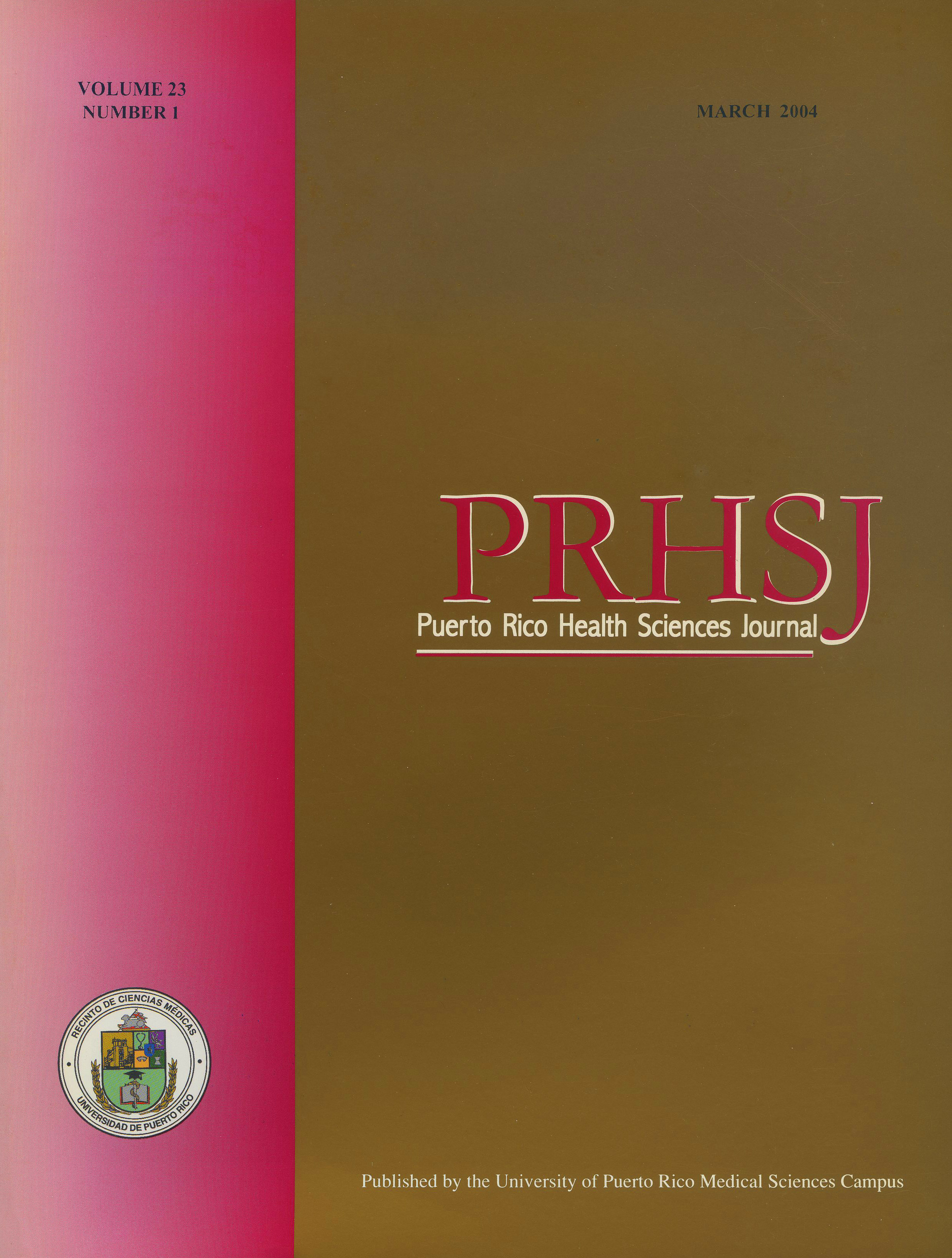Abstract
Jarcho-Levin syndrome, also known as spondylothoracic dysplasia and characterized by short trunk dwarfism, “crab-like” rib cage, with ribs and vertebral defects; it is not uncommon in Puerto Ricans. Many patients die in early infancy due to respiratory compromise associated to lung restriction and the reported cases emphasize mostly the skeletal malformations associated to the syndrome. We report the autopsy findings in a newborn with isolated Jarcho-Levin syndrome emphasizing pulmonary pathology. He was a pre-term male who died of respiratory failure at three hours old and, autopsy findings confirmed the clinical diagnosis. Internal examination showed hypoplastic lungs with normal lobation. The histological structure appeared normal and relatively mature; the diaphragm showed eventration and unilateral absence of musculature. This case shows the worst spectrum of the Jarcho-Levin syndrome: pulmonary hypoplasia not compatible with extrauterine life. Since thoracic restriction is present during the fetal period, the degree of pulmonary hypoplasia probably defines survival beyond the neonatal period.
Authors who publish with this journal agree to the following terms:
a. Authors retain copyright and grant the journal right of first publication with the work simultaneously licensed under a Creative Commons Attribution License that allows others to share the work with an acknowledgement of the work's authorship and initial publication in this journal.
b. Authors are able to enter into separate, additional contractual arrangements for the non-exclusive distribution of the journal's published version of the work (e.g., post it to an institutional repository or publish it in a book), with an acknowledgement of its initial publication in this journal.
c. Authors are permitted and encouraged to post their work online (e.g., in institutional repositories or on their website) prior to and during the submission process, as it can lead to productive exchanges, as well as earlier and greater citation of published work (See The Effect of Open Access).
